
News about the Zika virus dominated our top articles for the month of September 2017. Did you read them all?

News about the Zika virus dominated our top articles for the month of September 2017. Did you read them all?

In a new study reviewing existing literature, researchers have found that more than 2 dozen viruses have been detected in human semen.

Despite clearing the virus, researchers find that Ebola survivors can suffer long-term effects of infection.

In a recent updated report, the Centers for Disease Control and Prevention’s Global Disease Detection Operations Center identifies the most recent public health threats, including those that could lead to a pandemic.

Shedding light on the perils of faulty personal protective equipment.

A recent study suggests that Ebola virus RNA can remain in the genital tract for more than 2 years following the acute infection period.
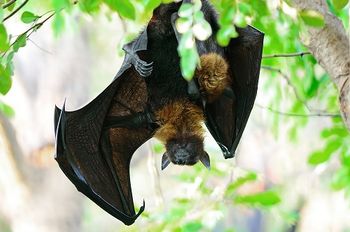
Scientists make an interesting connection between bats and detecting undiscovered disease.

Ebola virus tracking and mechanisms to detect threats to our national food supply are highlighted.
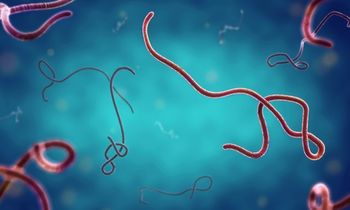
The World Health Organization has officially declared that the recent Ebola outbreak in the Democratic Republic of Congo is over.

The World Bank recently announced plans to issue “pandemic bonds and derivatives” to help fund its Pandemic Emergency Finance Facility, which will “channel surge funding” to at-risk countries in the developing world.

The results of a recent Phase IB study show that the novel Ebola vaccine, V920, was well-tolerated and “stimulated a rapid onset of binding and neutralizing antibodies,” which persisted for up to 1 year.

New drugs for HIV, the growing rate of antibiotic resistance, a new hepatitis C treatment option, and updates on the Ebola outbreak and Lyme disease diagnostics, make up the Top 5 articles for this week.
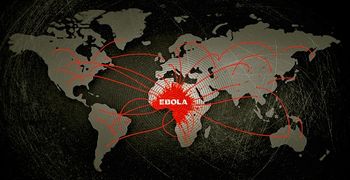
A viral protein may be behind the rapid spread of the Ebola virus.

ASM member Kate Rubins, PhD, first individual to sequence DNA in space, shed light on her experience as a NASA astronaut in a keynote conversation at the ASM Microbe 2017 meeting in New Orleans, Louisiana.
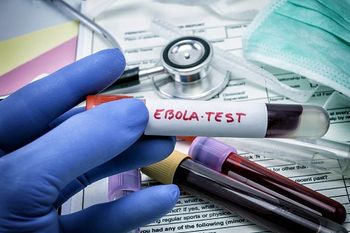
As the Ebola outbreak in the Democratic Republic of Congo holds steady at 2 confirmed and 3 probable cases, the Ministry of Health has approved the administration of an experimental vaccine against the virus.

In case you missed them, here are our top 5 articles for the week of May 21, 2017.

While the 2016 Ebola outbreak in the Democratic Republic of Congo continues to unfold, researchers have identified the first natural human antibodies against all three major disease-causing ebolaviruses.

Jean-Paul Gonzalez, MD, PhD, Deputy Director, Center of Excellence for Emerging and Zoonotic Animal Diseases (CEEZAD), Kansas State University, Adjunct Professor, Kansas State University, explains the importance of vector control in the fight against Zika.
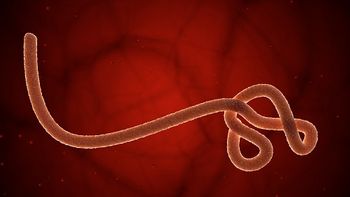
The World Health Organization (WHO) has released more information on the cases of Ebola virus infection recently discovered in the Democratic Republic of Congo.
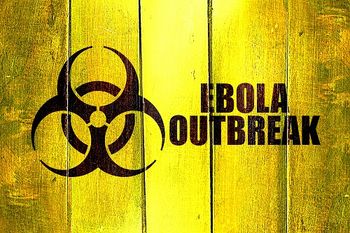
The World Health Organization has just confirmed a case of Ebola virus in the Democratic Republic of Congo.

Jean-Paul Gonzalez, MD, PhD, Deputy Director, Center of Excellence for Emerging and Zoonotic Animal Diseases (CEEZAD), Kansas State University, Adjunct Professor, Kansas State University, discusses the parallels between past Ebola outbreaks, and how they can help us manage the current Zika pandemic.

We are adding 2 more reasons to the 7 reasons we are more at risk than ever for a global pandemic.

In a case study published in Science Translational Medicine, researchers describe what they believe is the host response to the blood-borne disease that has plagued several countries in Africa and caused world-wide panic.

Researchers from the University of Oxford and Janssen Pharmaceuticals believe they have demonstrated an Ebola vaccine approach that fosters immunity for up to 1 year.

The first international Open Science Prize has been awarded to Fred Hutchinson Cancer Research Center and University of Basel researchers for a software tool that is capable of tracking viral disease outbreaks.